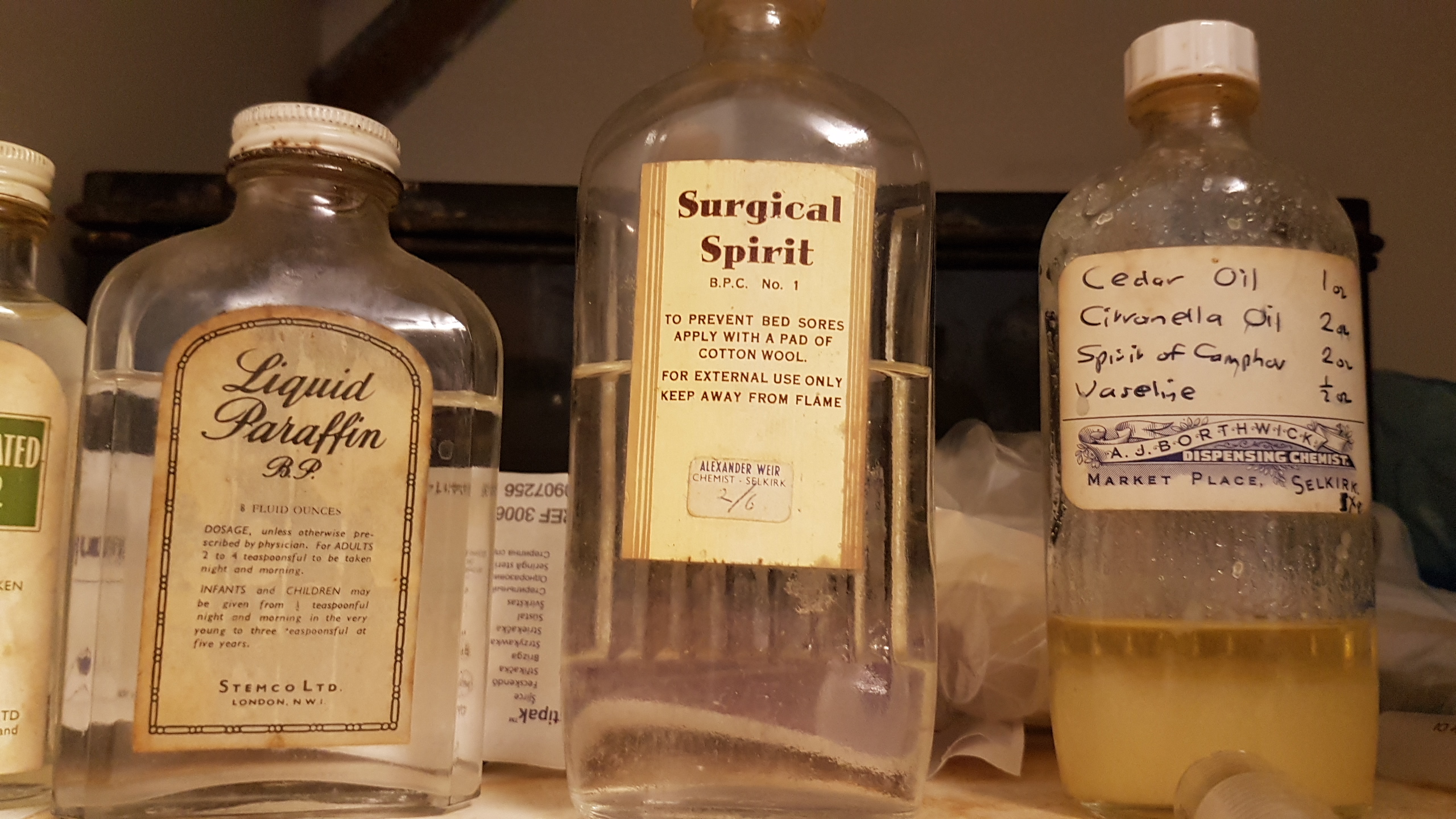Design Through Time
Poisons

The global icon of the skull and crossbones is an ancient symbol, used to represent death for thousands of years. The first instance of the design is believed to date back to the time of Tutankhamun.
Toward the end of the Roman Empire and into the Middle Ages, Christians frequently used the Skull and Crossbones to symbolize death, or more specifically, passing from life. This was continued into the 17th, 18th, and 19th centuries with memento mori adorning gravestones and tombs. You can see many examples of this in our own Howff Cemetery, which, as an official burial site, dates to 1564.
The symbol was essentially unused for anything else, until it was adopted by some of the most feared people in the world – pirates, such as Dundee’s infamous Captain William Kidd (although, whether he ever flew a skull and crossbones flag or not, we don’t know).
The symbol’s association with piracy came to an end in the mid-1700’s with the abrupt and bloody end to what became known as the Golden Age of Piracy.
It wasn’t until 1832, when students at Yale University formed the “Skull and Bones Society” that the symbol came back into popularity. Around the same time, New York State Laws were passed that required all poisonous substance containers to be labelled with the skull and crossbones symbol. It took some years before bottles were properly labelled, and many more years before countries around the world began adopting this process. The issue with these labels were that they were very easily removed; there were no sticky labels or fancy printing back in those days!
Also, poisons were readily available to almost anyone, and many people chose to bring their own bottles! (There were no regulations on who could sell poisons or dangerous drugs and chemicals until The Pharmacy Act of 1868). This resulted in many accidental (and non-accidental) poisonings, and it became apparent that something had to change with the design and look of medicine bottles, to make it easier to determine its contents.
Glass bottles took on a variety of new shapes and colours because of the sweeping changes. Syrups and elixirs were dispensed in reddish-brown bottles, and poisons were held in green bottles. This is the reason the colour green is so symbolic of poison in films and print.

Words and research by Dark Dundee